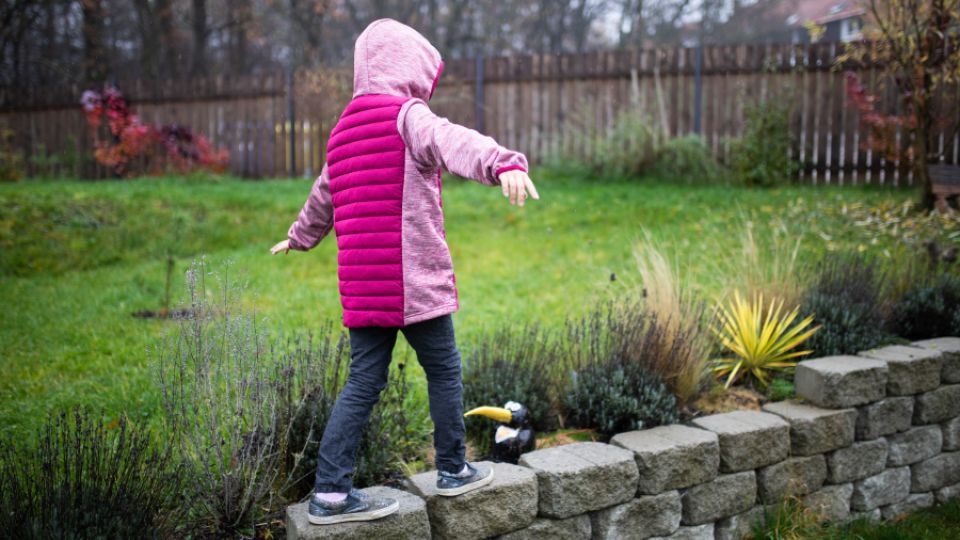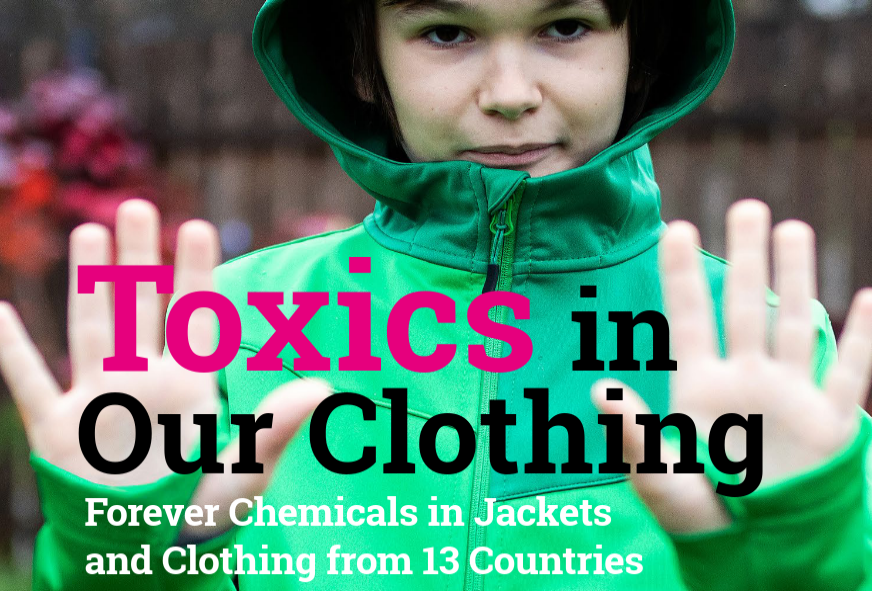BRUSSELS - Children across Europe are threatened by daily exposure to toxic chemicals found in consumer products, show new findings by environmental and children’s rights organisations.
NGOs/civil society call upon the European Commission to urgently improve the regulatory framework to protect the health of European children from toxic pollution.
Recent studies reveal that toxic chemicals, including banned substances, are continuously found in children’s bodies due to exposure from everyday articles such as plastic bottles, toys, clothing, and even floor coverings. This daily contact with hazardous chemicals threatens children’s health, development, and future.
"The EU must act now and ban the most harmful chemicals in all consumer products, particularly those for children," said Tatiana Santos, head of chemicals policy at the European Environmental Bureau (EEB). "We cannot let our children be harmed by their clothing or bottles just because regulations are outdated or inconsistent."
Toxics in children’s drinking bottles
A new study lead by the Tegengif Foundation in the Netherlands, in collaboration with five European NGOs, found that plastic drinking bottles for children leached diisobutyl phthalate (DIBP), a banned chemical additive of plastics, known to disrupt hormones and damage reproduction and the development of the unborn foetus.
“While the detected amounts of DIBP were below the European limit, the mere presence of this substance in children's products is alarming” said Annelies den Boer, Director of the Tegengif Foundation.
DIBP is just one of many “everywhere chemicals” that can be found in toys and other plastic products, clothing and floor coverings. Phthalate plasticisers are also widely found in children's urine across Europe: 17% of European children and adolescents risk harm from combined exposures to multiple phthalates, according to the Human biomonitoring for Europe (HBM4EU).
The study also uncovered a troubling finding: only a small fraction of the hundreds of chemicals leaching from the bottles could be identified, leaving parents and experts in the dark about what these substances are and what harm they may cause. “This means we don't know which substances these are and what they do, we are exposing children to unidentifiable chemicals. Plastics have become a black box” pointed out den Boer. “We simply don’t know what our children are being exposed to.”
“Crucial processes take place during foetal life and childhood which will guarantee optimal cognitive function, energy balance and reproductive health throughout life. As a paediatrician, I express my greatest concern regarding the long-term effects of exposure to such chemicals during crucial developmental periods of life.” said Anne-Simone Parent from the Laboratory of Neuroendocrinology, GIGA Neurosciences, at the University of Liège (Belgium).
‘Forever Chemicals’ PFAS in childrens’ clothing
The toxic threat extends beyond bottles. Research by Arnika/IPEN, reveals that over half of children’s outdoor jackets and other childrens’ clothing contain PFAS, a group of highly persistent "forever chemicals”. These highly toxic substances are linked to cancer, impacts on the immune, reproductive and hormone systems, and other adverse health effects, being especially harmful for children.
“Even banned PFAS, like perfluorooctanoic acid (PFOA),were found in children’s clothing” said Karolína Brabcová, from the Toxics and Waste Programme at Arnika.
This study also showed that companies can produce PFAS-free clothing. Among the tested clothes, twenty-one PFAS-free waterproof or stain-resistant jackets were found. “The good news is that PFAS-free outdoor textiles are on the market, making a full ban of these chemicals, including fluorinated polymers, a viable solution to the problem” added Brabcová.
A call for immediate EU action
To protect citizens and the environment from toxic pollution, civil society organisations call for a swift reform of REACH, the almost two decades old EU chemicals control system. At the moment, it takes on average over 19 years to phase out chemicals with well-known hazard profiles, while many other chemicals are allowed on the market despite unknown properties. The system lags behind scientific consensus, with chemicals like PFAS, bisphenols, halogenated flame retardants, and PVC remaining on the market.
“We are surrounded by everyday products containing toxic chemicals that are putting life, the environment and the future at risk” says Dr. Leonardo Trasande, director of NYU Langone's Environmental Hazards Research Center. “Children are especially vulnerable to these toxic substances. Their developing bodies carry a heavy burden of toxins, such as phthalates and PFAS, which are proven to disrupt hormones, impair development and increase the risk of serious health problems later in life. It is crucial that we take immediate action to minimise this exposure and safeguard children's health in the future”.

For further information, please contact:
- Annelies den Boer, director Tegengif: This email address is being protected from spambots. You need JavaScript enabled to view it. / +31(0)6 30051233
- Karolina Brabcova, Consumer campaigns manager at Arnika, Czechia: This email address is being protected from spambots. You need JavaScript enabled to view it. / +420 731 321 737
- Beatriz Ortiz Martínez, EEB Communications Officer for Chemicals: This email address is being protected from spambots. You need JavaScript enabled to view it. (ES/EN/FR)









